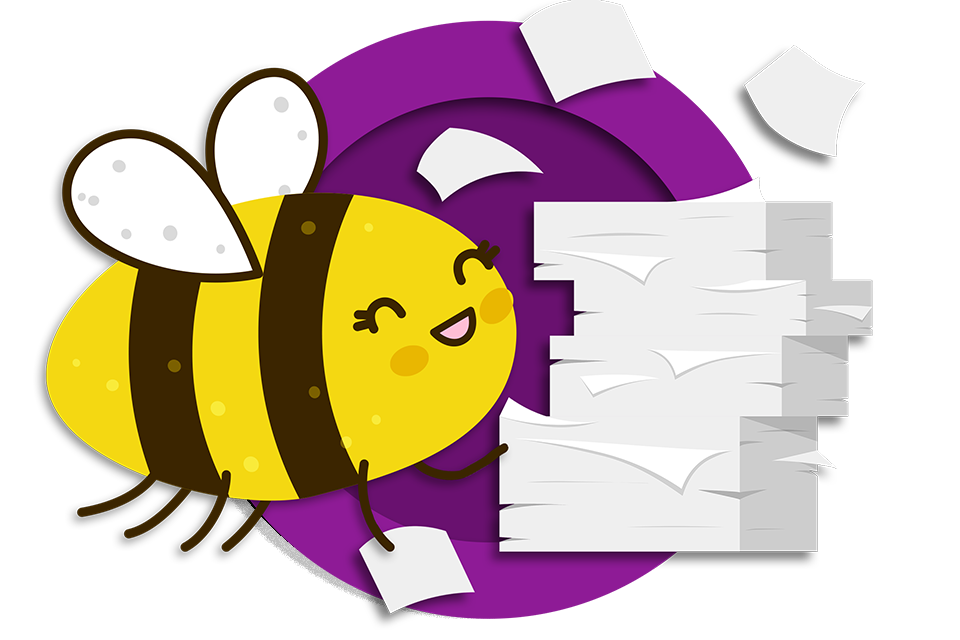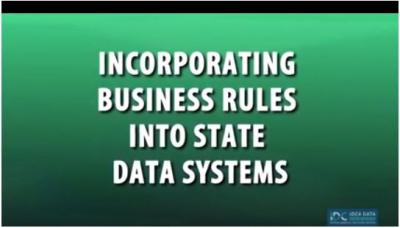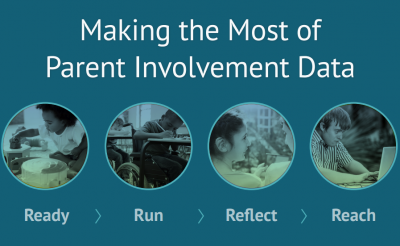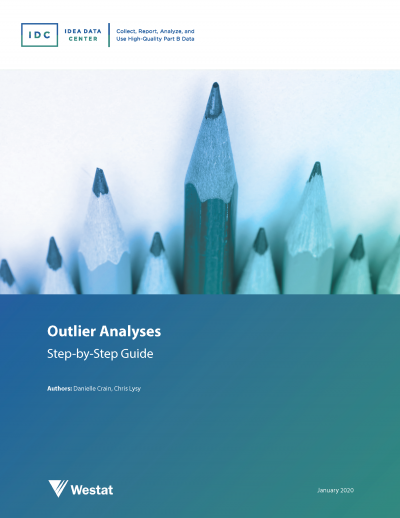
Resource Library
Guides. Briefs. Toolkits. Quick reference information. IDC and its partners created these data quality resources to help states better prepare to address their existing or emerging IDEA data quality needs. Use our search and filtering tools to navigate the library.
Resources 15 - 21 of 88
Format: Guides and Briefs
Significant Disproportionality (Equity in IDEA)—Essential Questions and AnswersThis Q&A answers essential questions about the Equity in IDEA Final Regulations, including information on the contents of the new rule, the standard methodology, remedies, important dates, and a glossary of terms.
Format: Trainings
Incorporating Business Rules Into State Data SystemsThe Incorporating Business Rules Into State Data Systems instructional video explores the different ways Part B and Part C state agencies can incorporate business rules into their IDEA state data collection and reporting systems.
Format: Applications and Spreadsheets
Interactive Public Reporting EngineThe Interactive Public Reporting Engine displays the complete set of IDEA data that states collect and submit to OSEP to meet the requirements of Section 618 of IDEA. This tool displays each dataset and the required disaggregations such as race/ethnicity, gender, and age. It provides a more dynamic way for states to meet the 618 public reporting requirements, and linking to the tool fulfills the public reporting requirements. In addition, use of the tool promotes conversations about how to improve results among families, teachers, schools, related service providers, administrators, policymakers, and other interested stakeholders.
Format: Applications and Spreadsheets
Educational Environments Ages 3-5: B6 Reporting Tools 2017-2018 Clarifications and Interactive ApplicationThe Reporting Educational Environments resource has been updated with 2017-18 clarifications. State data managers, 619 coordinators, local 619 personnel, technical assistance providers, and other interested parties can use the resource to help with reporting Educational Environments data for children ages 3-5 with disabilities as required for the OSEP Child Count and SPP/APR Indicator 6. States can use the resource's materials as “standalone” tools or as a set.
Format: Toolkits
Making the Most of Parent Involvement Data: Improving Quality and Enhancing UnderstandingThis toolkit is designed to assist states as they plan for and carry out their efforts to collect, report, analyze, and use high-quality parent and family involvement data. It defines key concepts; offers guidance on ways to improve the quality of the collection, analysis, and use of parent and family involvement data; and provides resources and tools to help states in their efforts parent involvement data efforts.
Format: Applications and Spreadsheets
IDEA Data Quality: Outlier Analyses ToolsIDC designed these two technical assistance products to be used by state personnel responsible for IDEA 618 and/or 616 data. The products include a step-by-step guide on completing an outlier analysis, with a brief introduction on the principles of outlier analyses, and a tool state staff can use to conduct outlier analyses with their local data. IDEA Part B state staff working with LEAs also can use both products to analyze their local data.
Format: Guides and Briefs
A Guide to SSIP Evaluation PlanningThis guide describes key steps for developing a well-thought-out plan for evaluating an SSIP. The guide provides considerations for how to incorporate each step into an evaluation plan, as well as a series of worksheets that correspond to each step and can be used to facilitate the planning process. The guide, along with its corresponding worksheets, is intended for TA providers to use in partnership with state staff.








